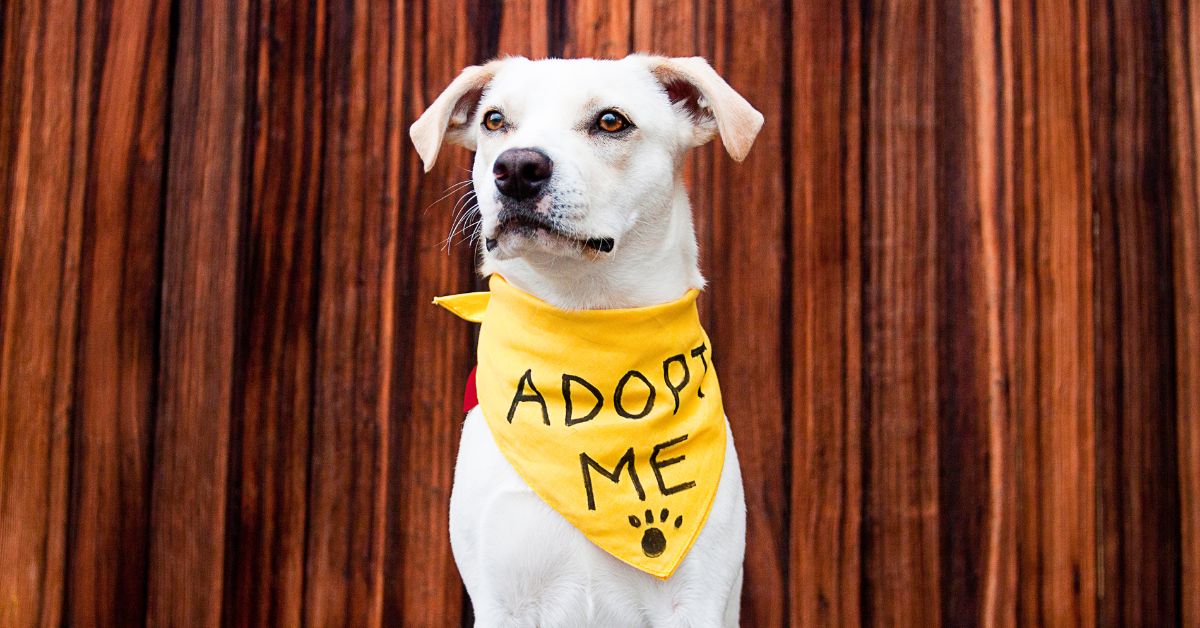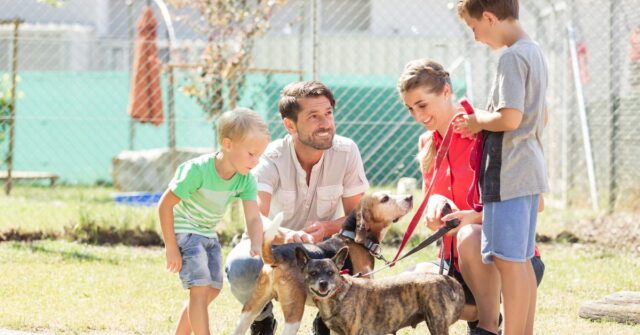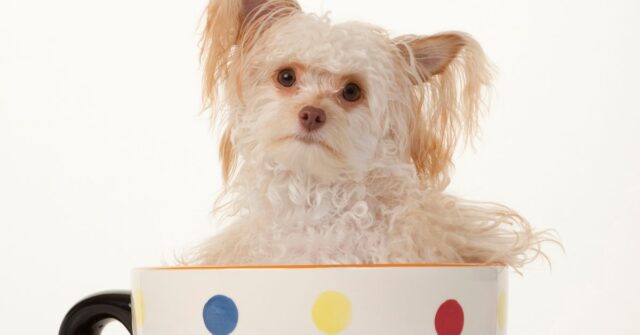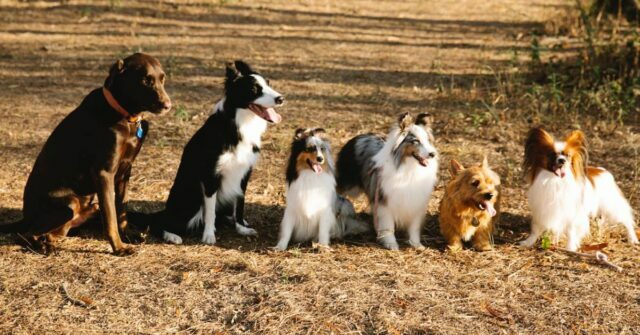Adopting a dog is a joyous occasion, but it comes with a host of responsibilities. Proper preparation can make the transition smoother for both you and your new furry friend.
This comprehensive checklist will guide you through every step of the process, ensuring that you are well-equipped to provide a loving and supportive home for your new pet.
Assessing Your Readiness
Before bringing a dog into your life, it’s important to assess whether you are truly ready for the commitment. Owning a dog requires time, effort, and resources.
By thoroughly evaluating your readiness, you can ensure that you are prepared to meet your dog’s needs and provide a stable, loving environment.
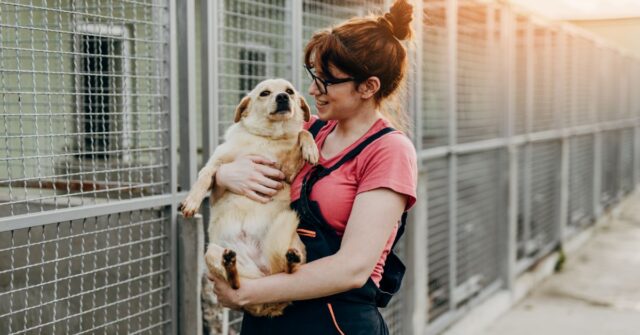
Is Your Lifestyle Compatible with Dog Ownership?
Before adopting a dog, it’s crucial to evaluate how a pet will fit into your daily routine. Dogs require time, attention, and commitment. Consider your work schedule, social life, and other responsibilities.
For instance, if you travel frequently or have long working hours, you may need to arrange for dog walkers or pet sitters.
Reflect on whether you have the flexibility and willingness to adjust your lifestyle to meet a dog’s needs.
Ensuring Family Agreement and Commitment
Adopting a dog affects everyone in the household. Make sure all family members are on board and excited about the new addition. Discuss responsibilities such as feeding, walking, and grooming.
It’s important that everyone understands the long-term commitment and is willing to share the workload. This discussion helps prevent future conflicts and ensures a harmonious environment for your pet.
Financial Preparedness for Dog Ownership
Owning a dog involves various expenses beyond the initial adoption fee. You’ll need to budget for food, veterinary care, grooming, training, and pet supplies.
Additionally, unexpected medical emergencies can arise, so having a financial cushion is wise. Assess your budget to ensure you can comfortably afford these costs without financial strain.
Preparing Your Home
Creating a safe and welcoming environment for your new dog is crucial. This involves dog-proofing your home, setting up designated areas, and gathering essential supplies.
A well-prepared home can significantly ease the transition for your new pet and help them feel comfortable and secure from day one.
Dog-Proofing Your Home
Before bringing your new dog home, it’s essential to make your living space safe and dog-friendly. Remove hazardous items such as toxic plants, chemicals, and small objects that could be swallowed.
Secure electrical cords and keep fragile items out of reach. Dog-proofing your home helps prevent accidents and ensures a safe environment for your pet.
Setting Up Designated Spaces for Your Dog
Creating specific areas for your dog helps them feel secure and know their boundaries. Designate spaces for eating, sleeping, and playing.
Set up a comfortable bed in a quiet corner where your dog can retreat and relax. Having these designated areas helps your dog settle in more quickly and establishes a sense of routine.
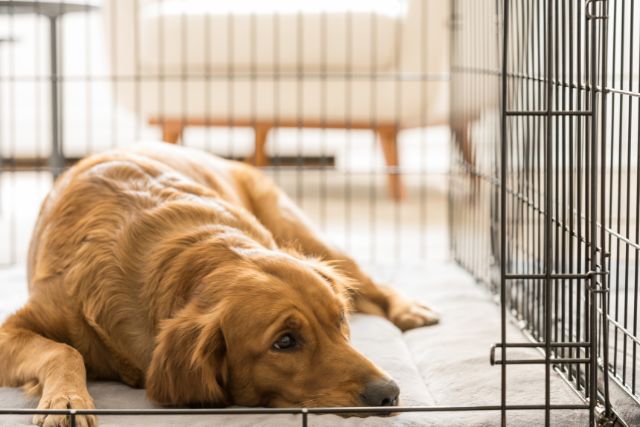
Essential Supplies for a New Dog
Gathering the necessary supplies before bringing your dog home is important. Essential items include food and water bowls, high-quality dog food, a collar with an ID tag, a sturdy leash, and a crate or carrier.
Additionally, you’ll need grooming supplies such as shampoo, a brush, and nail clippers. Don’t forget toys and treats to keep your dog entertained and engaged.
Health and Veterinary Care
Your dog’s health is a top priority. Establishing a relationship with a veterinarian and scheduling regular check-ups are essential steps in maintaining your dog’s well-being.
Understanding and planning for your dog’s healthcare needs can prevent many common issues and ensure they lead a healthy, happy life.
Scheduling the Initial Vet Visit
Once you bring your new dog home, schedule an appointment with a veterinarian within the first week.
This initial visit allows the vet to conduct a thorough health check, administer necessary vaccinations, and discuss a wellness plan.
Establishing a relationship with a vet early on ensures your dog receives the best care from the start.
Planning for Ongoing Veterinary Care
Regular veterinary check-ups are crucial for maintaining your dog’s health. Plan for annual wellness exams, vaccinations, and preventive treatments such as flea, tick, and heartworm prevention.
Keep a record of your dog’s medical history and stay informed about recommended health practices. Proactive care helps prevent health issues and ensures a long, healthy life for your pet.
Considering Pet Insurance
Pet insurance can be a lifesaver when unexpected medical expenses arise. Research different insurance plans and choose one that fits your needs and budget.
Pet insurance helps cover the cost of accidents, illnesses, and routine care, providing peace of mind and financial protection.
Training and Socialization
Proper training and socialization are key to raising a well-behaved and well-adjusted dog.
This includes basic obedience training, house training, and exposing your dog to various environments and experiences.
These efforts will help your dog develop good manners and confidence, making them a joy to be around.
Basic Training Tips
Training is essential for a well-behaved dog. Start with basic commands like sit, stay, and come. Use positive reinforcement techniques such as treats and praise to encourage good behaviour.
Consistency and patience are key to successful training. Enroll in a puppy training class if you need guidance or want to enhance your training skills.
House Training Your New Dog
House training requires consistency and patience. Establish a routine for bathroom breaks and take your dog to the same spot each time.
Reward them immediately after they eliminate outside. Accidents will happen, but with persistence and positive reinforcement, your dog will learn to go potty outside.
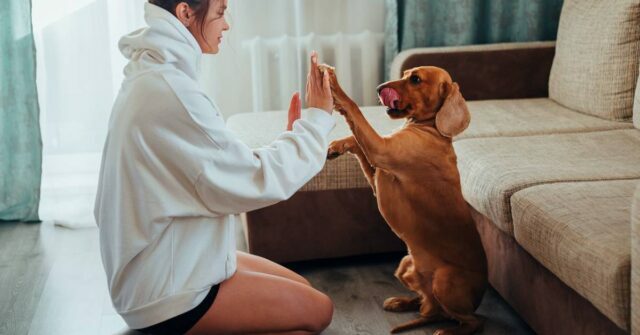
Socializing Your Dog
Socialization is critical for a well-adjusted dog. Expose your dog to different environments, people, and other animals.
Positive experiences during the early stages help prevent behavioural issues and build confidence. Arrange playdates, visit dog parks, and take your dog on walks to meet new friends.
Establishing a Routine and Exercise
Dogs thrive on routine and regular exercise. Establishing a consistent schedule for feeding, bathroom breaks, and physical activity helps your dog understand what to expect and reduces anxiety.
Regular exercise is vital for their physical health and mental well-being.
Creating a Feeding Schedule
Consistency in feeding helps regulate your dog’s digestion and behaviour. Feed your dog at the same times each day and choose a high-quality, balanced diet appropriate for their age and breed.
Consult your vet for dietary recommendations and portion sizes. Regular feeding times also aid in house training by predicting when your dog needs to go outside.
Meeting Your Dog’s Exercise Needs
Regular exercise is vital for your dog’s physical and mental well-being. The amount and type of exercise depend on your dog’s breed, age, and energy level.
Daily walks, play sessions, and interactive toys help keep your dog fit and happy. Ensure your dog gets enough exercise to burn off energy and prevent boredom-related behaviours.
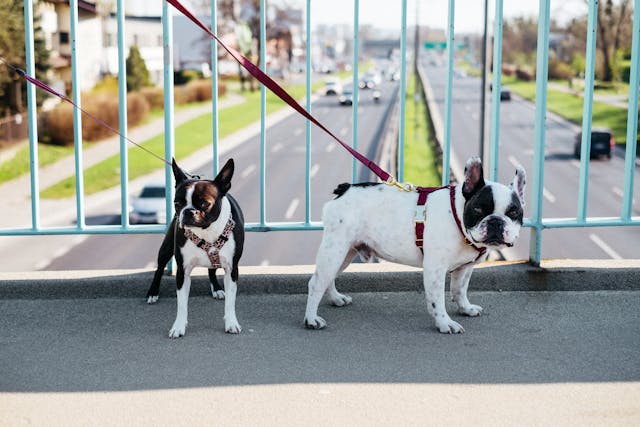
Providing Mental Stimulation
Mental stimulation is as important as physical exercise. Engage your dog with puzzle toys, training exercises, and interactive games.
Rotate toys regularly to keep them interested. Mental activities help prevent boredom, reduce anxiety, and promote a happy, well-balanced dog.
Providing Emotional Support
Emotional support plays a significant role in your dog’s happiness. Dogs are social animals that need love, attention, and interaction.
Building a strong emotional bond with your dog through quality time, affection, and positive reinforcement creates a trusting and loving relationship.
Spending Quality Bonding Time
Building a strong bond with your dog involves spending quality time together. Engage in activities like playing, grooming, and cuddling. Positive interactions foster trust and deepen your relationship.
Make time each day to connect with your dog and show them love and attention.
Showing Patience and Love
The transition to a new home can be stressful for a dog. Be patient and understanding as they adjust. Offer plenty of affection and reassurance.
Consistent routines and positive reinforcement help your dog feel secure and loved. Remember, a little patience goes a long way in building a lasting bond.
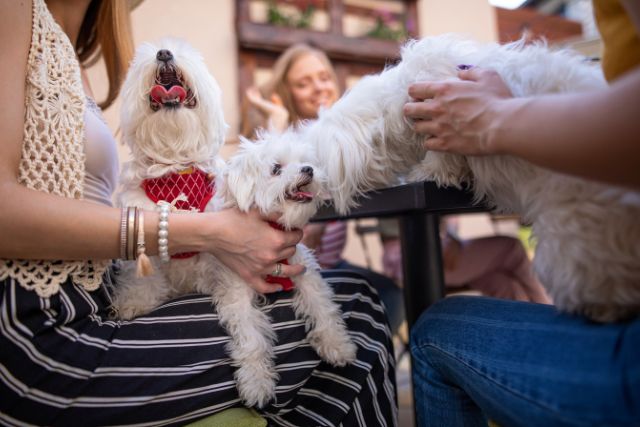
Additional Considerations
There are several additional factors to consider when adopting a dog, such as planning for travel, emergencies, and understanding local laws.
Being prepared for these situations ensures that you can handle any challenges that arise and provide the best care for your new pet.
Planning for Travel and Vacations
If you travel frequently, consider your dog’s care needs. Research pet-friendly accommodations and plan how to transport your dog safely.
For extended trips, arrange for a trusted pet sitter or boarding facility. Proper planning ensures your dog is well cared for, even when you’re away.
Preparing for Emergencies
Emergency preparedness is crucial for dog owners. Create an emergency kit with essentials such as food, water, medications, and first-aid supplies.
Know the location of the nearest emergency vet clinic and keep contact information handy. Being prepared can make a significant difference in an emergency situation.
Understanding Local Laws and Regulations
Familiarize yourself with local laws regarding pet ownership. This includes licensing requirements, leash laws, and regulations on vaccinations.
Understanding and complying with these laws ensures you and your dog stay safe and avoid legal issues.
Shopping Checklist for Your New Dog
Having all the necessary supplies before bringing your dog home makes the transition smoother. This shopping checklist includes everything from feeding and grooming supplies to toys and bedding.
Being well-prepared with these essentials helps your dog feel at home right away.
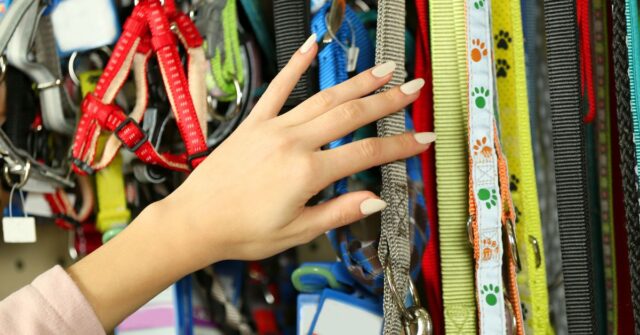
Food and Water Bowls
Choose durable, easy-to-clean bowls made of stainless steel or ceramic. Avoid plastic bowls, which can harbour bacteria.
Ensure the bowls are the appropriate size for your dog and place them in a designated feeding area.
Collars, Leashes, and ID Tags
Invest in a sturdy collar with an ID tag that includes your contact information. A leash is essential for walks and outings.
Consider a harness for added control and comfort, especially for smaller dogs or those prone to pulling.
Crate or Carrier
A crate provides a safe space for your dog and aids in house training. Choose a crate large enough for your dog to stand, turn around, and lie down comfortably. A carrier is useful for travel and trips to the vet.
Bedding and Toys
Provide a comfortable bed for your dog to rest. Choose toys that are safe and suitable for their size and chewing habits. Rotate toys regularly to keep your dog engaged and entertained.
Grooming Supplies
Regular grooming keeps your dog clean and healthy. Basic grooming supplies include shampoo, a brush, nail clippers, and a toothbrush.
Establish a grooming routine to maintain your dog’s coat and overall hygiene.
Cleaning Supplies
Accidents are inevitable, especially with a new dog. Stock up on cleaning supplies such as enzymatic cleaners, paper towels, and disinfectants. These help keep your home clean and odor-free.
Understanding the First Days and Weeks
The initial days and weeks after bringing your dog home are critical for their adjustment.
Understanding the common phases they go through and how to support them during this period can make a significant difference.
Providing a stable routine and close monitoring helps your dog settle in and feel secure.

The 3-3-3 Rule: Adjusting to a New Home
The 3-3-3 rule outlines the common phases a dog goes through when adjusting to a new home: the first three days, three weeks, and three months.
In the first three days, it is all very new. Your dog may feel overwhelmed and uncertain. After three weeks, they should start to settle into a routine and feel more comfortable.
By the three-month mark, most dogs feel at home and are fully integrated into the family. Understanding this timeline helps you provide the necessary support during each phase.
Monitoring Your Dog’s Health and Behavior
During the initial days and weeks, closely monitor your dog’s health and behaviour. Look for signs of stress or illness, such as excessive panting, vomiting, or diarrhea.
If you notice any concerning symptoms, contact your veterinarian immediately. Pay attention to your dog’s eating habits, activity levels, and general demeanour to ensure they are adjusting well.
Establishing a Routine and Schedule
Dogs thrive on routine. Establish a consistent schedule for feeding, bathroom breaks, exercise, and playtime. This predictability helps your dog feel secure and understand what to expect each day.
A well-established routine also aids in-house training and reduces anxiety.
Helpful Resources and Contacts
Knowing where to turn for help and advice is invaluable for new dog owners. This section provides information on local veterinarians, trainers, pet supply stores, and emergency contacts.
Having these resources at your fingertips ensures that you can quickly address any needs or issues that arise.
Local Veterinarians and Clinics
Research and compile a list of reputable veterinarians and clinics in your area. Having this information readily available ensures you can quickly access medical care when needed.
Establishing a relationship with a local vet also allows for continuity of care and personalized attention to your dog’s health needs.
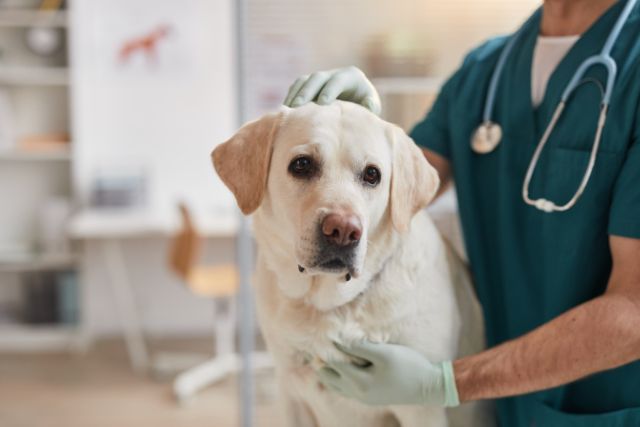
Dog Trainers and Training Classes
Professional training classes can be incredibly beneficial, especially for first-time dog owners. Look for trainers who use positive reinforcement techniques and have good reviews.
Training classes provide structured learning environments, socialization opportunities, and expert guidance to help your dog develop good manners and obedience.
Pet Supply Stores in Your Area
Find pet supply stores in your area where you can purchase high-quality food, toys, grooming supplies, and other essentials. Alternatively, you can find online stores that deliver.
Many stores also offer services such as grooming and pet advice. Supporting local businesses ensures you have access to knowledgeable staff and quality products.
Emergency Contacts and After-Hours Vet Services
Prepare a list of emergency contacts, including after-hours veterinary services and animal hospitals.
Emergencies can happen at any time, and having this information at hand ensures you can quickly get the help your dog needs. Keep this list in an easily accessible location.
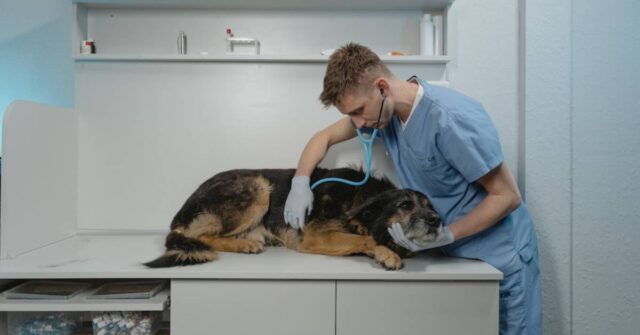
Conclusion
Adopting a dog is a rewarding experience that brings immense joy and companionship.
By following this comprehensive checklist and preparing thoroughly, you can ensure that your new dog has a smooth transition into your home and a happy, healthy life with you.
Continuous learning and adaptation will help you become the best pet parent possible.
Ensuring a Happy and Healthy Life for Your New Dog
Adopting a dog is a rewarding experience that brings joy and companionship into your life.
By thoroughly preparing and providing consistent care, you can ensure a happy and healthy life for your new furry friend.
Remember, the effort you put into the initial stages of adoption sets the foundation for a strong, lifelong bond.
Continuing Education and Resources for Dog Owners
Stay informed about dog care and training by seeking out reliable resources and continuing education opportunities.
Join local dog owner groups, attend workshops, and read up on the latest research and trends in pet care.
Ongoing learning helps you be the best pet parent you can be and ensures your dog receives the best possible care.

